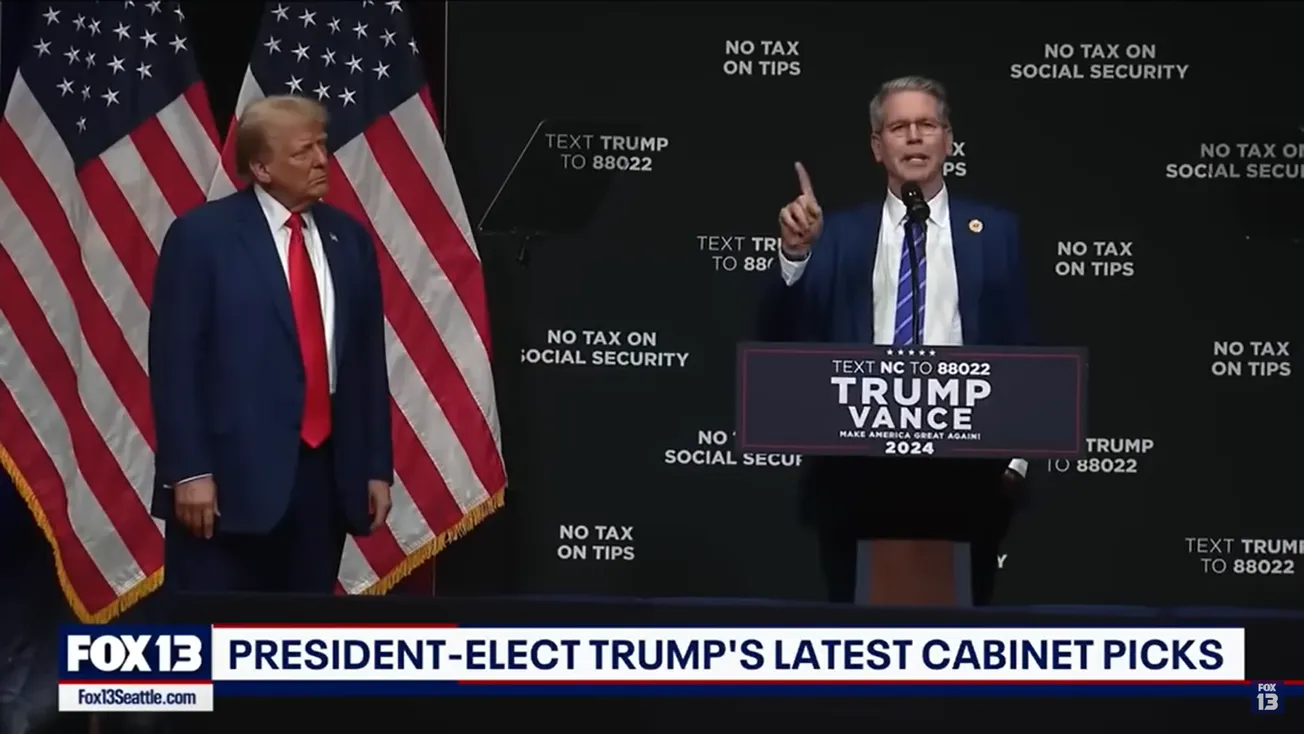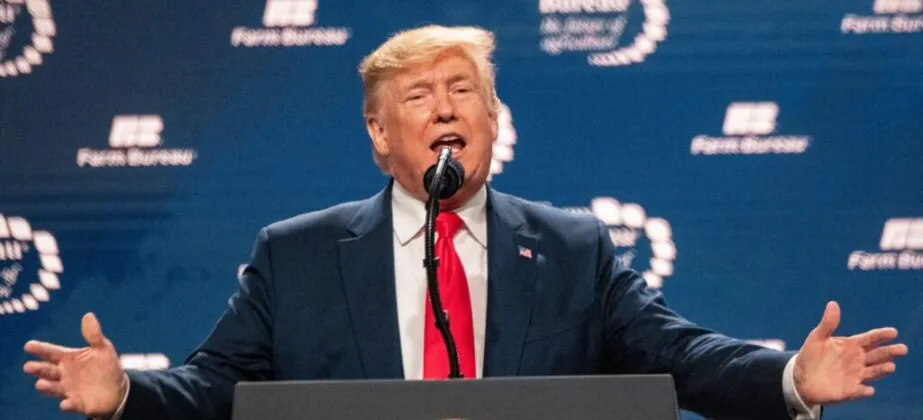Americans spend a fortune on healthcare, with by far the highest per-capita spending, but they don’t get their money’s worth. In an effort to tame costs (which include significant expenses for administration, and the profit of insurers), some have proposed offering either a “single-payer” system in which the federal government would be the only insurer, or a “public option” whereby a publicly administered health insurance plan would be offered alongside private alternatives.
While these proposals could make headway in ensuring greater access to healthcare, they will not inherently change the fee-for-service financial model in which providers charge for providing care—in the form of office visits, procedures, medications and so forth—rather than being paid for maintaining health.
Adjusting payments and limiting care (as the hated HMOs have done) do not address the social determinants of health, or the chasm between the healthcare delivery system and the (preventive) public health system.








